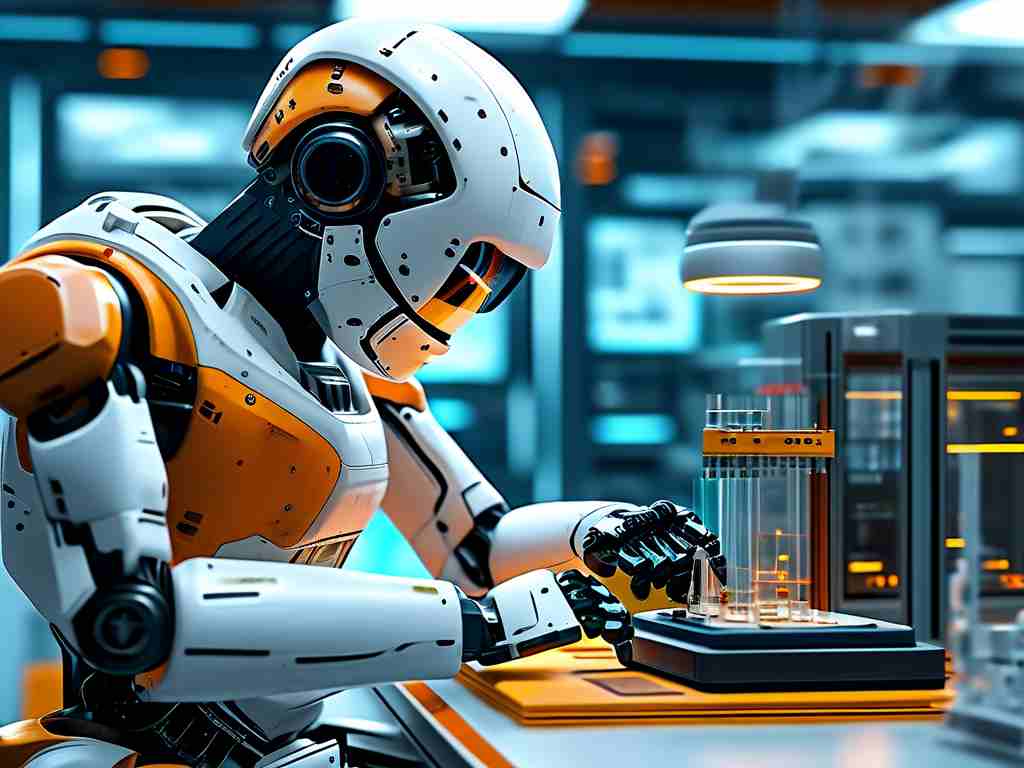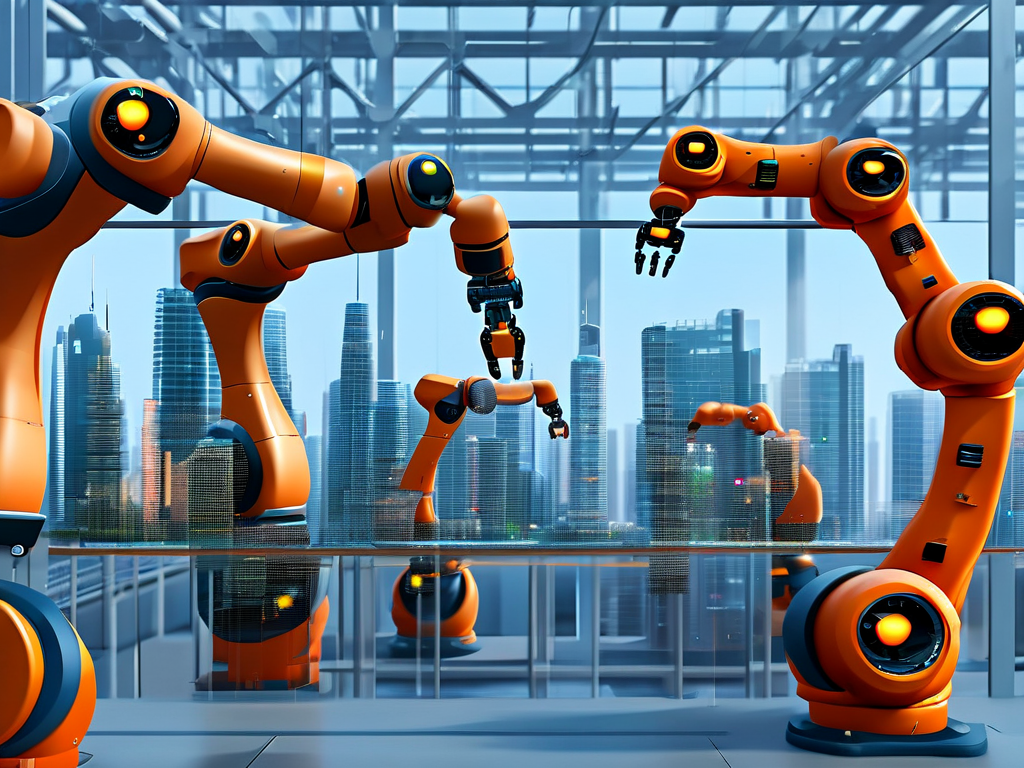As robotics permeates industries from manufacturing to healthcare, the urgency for robust safety mechanisms has reached unprecedented levels. Recent advancements in robotic safety technology are not merely enhancing operational efficiency but fundamentally redefining how humans interact with intelligent systems. This article explores cutting-edge developments in the field and their implications for creating safer automated environments.

The Evolution of Safety Challenges
Modern robotic systems face complex safety challenges that traditional safeguards cannot address. Collaborative robots (cobots) working alongside humans in shared spaces require real-time hazard detection beyond physical barriers. Autonomous delivery drones navigating urban airspace demand collision-avoidance systems capable of processing environmental data at millisecond speeds. These scenarios expose critical gaps in conventional safety protocols, driving researchers to develop adaptive solutions.
A 2023 study by the International Robotics Safety Consortium revealed that 68% of industrial accidents involving robots occurred in "low-risk" scenarios where existing safety systems failed to recognize emerging threats. This statistic underscores the need for predictive safety architectures that anticipate rather than react to dangers.
Breakthrough Technologies Reshaping Safety
Three revolutionary approaches are transforming robotic safety frameworks:
-
Neuromorphic Hazard Prediction
Engineers are implementing brain-inspired computing architectures that enable robots to recognize danger patterns through probabilistic learning. Unlike rule-based systems, these neural networks can identify novel risk factors in unstructured environments. Boston Dynamics' latest warehouse robots utilize this technology to predict pallet collapse risks by analyzing subtle vibration patterns invisible to conventional sensors. -
Self-Healing Material Integration
The integration of shape-memory polymers into robotic exteriors represents a paradigm shift in physical safety. When sensors detect impact risks, these smart materials can temporarily soften surfaces within 0.2 seconds, reducing collision impact forces by up to 83%. This innovation proves particularly valuable in medical robotics where delicate instrument-patient interactions are critical. -
Quantum-Encrypted Control Channels
With the rise of cloud-controlled robotics, cybersecurity has become integral to physical safety. Quantum key distribution (QKD) systems now protect robotic networks from malicious hijacking attempts. ABB's factory robots in Sweden recently implemented this technology, achieving 100% interception detection rates during penetration testing.
Ethical Considerations in Safety Implementation
As safety systems grow more autonomous, new ethical dilemmas emerge. The "moral weighting algorithm" controversy at Tesla's robotics division highlights this challenge. Their humanoid robots employ decision-making matrices that prioritize different safety outcomes, raising questions about value judgments in machine logic. Regulatory bodies are now developing standardized ethical frameworks for safety-related AI decisions.
Industry-Specific Safety Innovations
- Healthcare: Surgical robots now feature multi-spectral tissue recognition, preventing accidental incisions by distinguishing between similar-looking biological structures with 99.97% accuracy.
- Agriculture: Autonomous harvesters incorporate bio-sonar systems that detect small animals in crops, reducing wildlife casualties by 76% compared to traditional methods.
- Construction: Demolition robots utilize ground-penetrating radar to map structural weaknesses in real time, automatically adjusting demolition patterns to prevent unexpected collapses.
The Road Ahead: Next-Generation Safety Protocols
Emerging research focuses on creating symbiotic safety ecosystems where multiple robots share threat intelligence. MIT's Collective Safety Network prototype demonstrates how drone swarms can collaboratively reroute around newly detected hazards within 50 milliseconds. Meanwhile, the EU's Horizon 2030 Robotics Initiative is funding development of self-aware safety systems that can explain their decision-making processes to human operators—a crucial step toward building trust in autonomous safety mechanisms.
As we stand at the threshold of widespread robotic integration, the evolution of safety technology will determine not just operational efficiency, but the very sustainability of human-machine coexistence. The next decade promises breakthroughs that will make current safety protocols appear primitive, as researchers work to create systems that protect both physical safety and digital integrity in an increasingly automated world.


